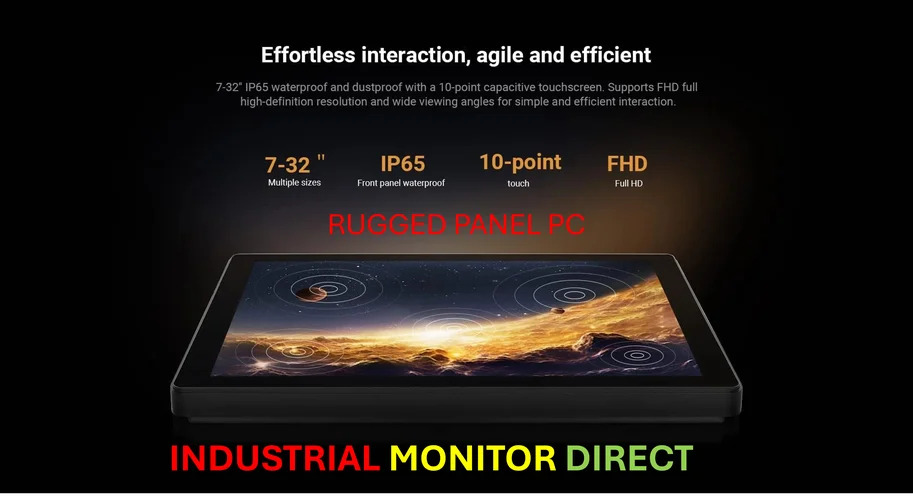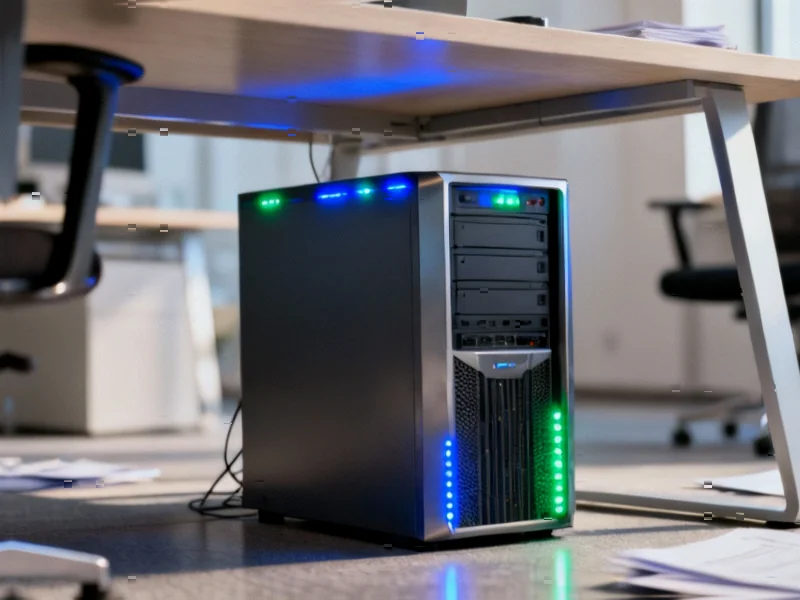According to Wccftech, both Intel and AMD processors experienced a “sudden burst” of price increases starting last Friday, catching the DIY channel off guard. The report from Chinese monitoring outlet ChannelGate indicates Intel’s Raptor Lake series and AMD’s Ryzen 5000 family have seen price jumps of $5-$20, with some increases reaching around 10% for specific models like the Ryzen 7600X. The price surge has prompted various top-tier distributors to temporarily suspend shipments, and the situation is expected to lead to higher CPU prices in the coming weeks. While the exact causes remain unclear, industry observers point to AI-industry demand and component shortages as potential drivers. This market disruption comes as ChannelGate’s monitoring data shows significant price movements across multiple processor families.
The Perfect Storm in Component Markets
What makes this price surge particularly concerning is its timing and scope. While seasonal fluctuations in electronics pricing are normal, simultaneous increases across both major CPU manufacturers suggest deeper supply chain issues. The component shortages affecting Ryzen 5000 series—which is nearing end-of-life—indicate that older manufacturing processes are becoming less economically viable as foundries prioritize newer nodes. This creates a squeeze where demand for previous-generation parts remains strong due to their compatibility with existing motherboards and memory, while production capacity shifts toward newer architectures. The temporary shipment suspensions by distributors represent a classic market response to uncertainty—they’re essentially waiting to see where prices stabilize before committing inventory.
AI’s Ripple Effect on Consumer Hardware
The mention of AI-industry demand driving CPU shortages reveals an often-overlooked aspect of the current technology landscape. While much attention focuses on GPU shortages for AI training, CPUs play crucial roles in inference workloads, data preprocessing, and supporting infrastructure. Enterprise and cloud providers building out AI capabilities are likely securing larger volumes of server-grade processors, which share manufacturing resources with consumer chips. This creates competition for production capacity that inevitably trickles down to affect DIY market availability. The broader industry context suggests we’re seeing the early effects of AI infrastructure build-out on consumer component markets.
Navigating the New CPU Landscape
For consumers, this creates a complex decision matrix. The traditional wisdom of buying previous-generation hardware for value no longer holds when those products are experiencing price inflation. Users with older AM4 or LGA 1700 platforms face the difficult choice of overpaying for compatible CPUs or making the more expensive jump to new platforms with DDR5 memory requirements. Meanwhile, the exclusion of current-generation Ryzen 9000 and Intel Core Ultra 200 series from these price increases creates an unusual situation where the latest technology may offer better value than outgoing products. This inversion of typical pricing patterns could accelerate platform transitions but leaves budget-conscious builders in a challenging position.
Broader Industry Consequences
Beyond immediate consumer impact, these price movements signal potential structural changes in the processor market. If AI-driven demand continues to absorb manufacturing capacity, we may see a permanent shift in how CPU manufacturers allocate resources between consumer and enterprise segments. The DIY market—already diminished from its peak—could face sustained pressure as companies prioritize higher-margin segments. This could accelerate the trend toward pre-built systems and proprietary platforms, reducing consumer choice and flexibility. For smaller system integrators and boutique builders, these supply disruptions threaten margins and reliability, potentially consolidating market share toward larger players with better supply chain relationships.




